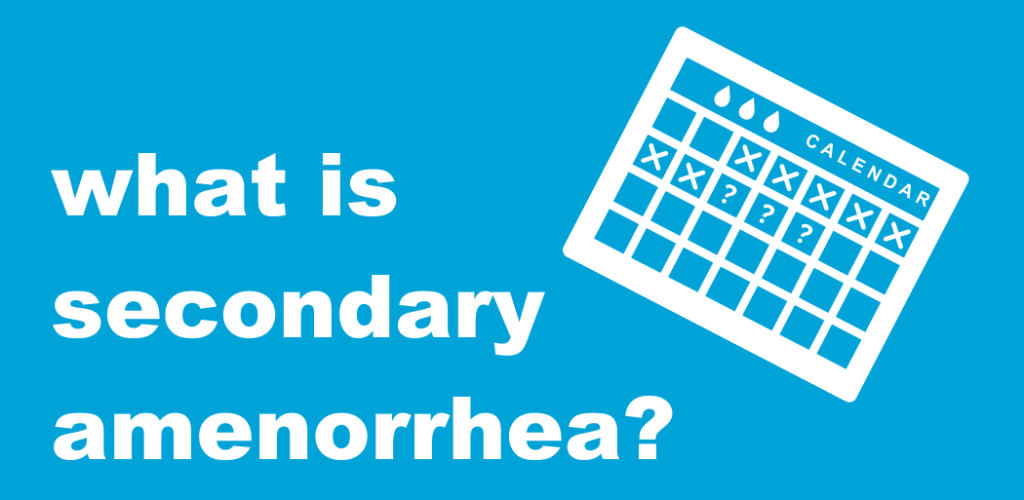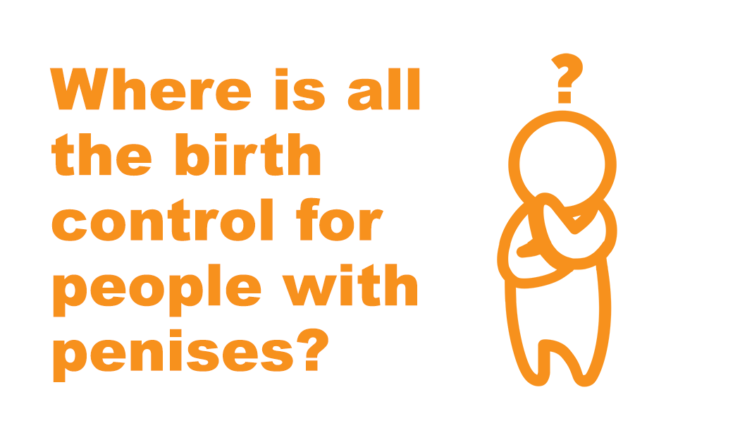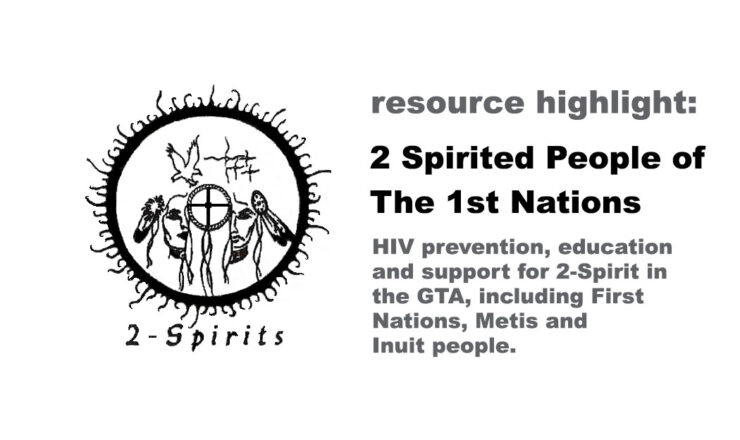

Amenorrhea (pronounced uh-men-o-REE-uh) refers to the lack of periods or menstruation. There are a few types of amenorrhea, the first is primary amenorrhea which refers to someone not menstruating by the age of 15, and another called secondary amenorrhea which is what we’ll be talking about here.
Secondary amenorrhea is when someone has previously menstruated (gotten their period) but has missed 3 or more periods in a row. Periods are mostly controlled by hormones and any significant hormonal changes can cause them to increase, decrease, or stop completely.
Our hormones can be affected by all sorts of things ranging from our diet, to our stress levels, to what medications we take, and even certain medical conditions. This post will talk about some of the more common causes, and what sort of symptoms to look out for.
Although everyone experiences symptoms differently, and many symptoms of amenorrhea can be caused by other issues, some common ones to look out for are:
It’s also possible for periods to stop due to a structural issue like a blockage of the pathway menstrual blood exits through. These are usually because of genital tract defects like an imperforate hymen (a hymen with no opening) or vaginal septum (a barrier that separates the vagina into two canals)
What to do depends on the underlying cause. In most cases, it’s recommended to see a clinician so they can figure out the issue. First, they will likely rule out pregnancy, then, clinicians will gather as much of your medical history as necessary and conduct a thorough physical examination (blood tests, pelvic exam, MRI, etc.)
Depending on the cause they find, clinicians may provide birth control pills or other hormonal medication to reset the menstrual cycle, or prescribe other medications to rebalance your hormones.
If you have questions about this topic, feel free to contact one of our peer educators. [Link]
Last Updated: October 2023

Volunteers in the Supporting Newcomer Access Project (SNAP) at Planned Parenthood Toronto have created a brand new sexual health activity book! Download it today!

Other than condoms or vasectomies, people with penises tend to not have as many birth control options as people with vaginas do. What’s up with that?

2 Spirited People of The 1st Nations provide prevention education and support for 2-Spirit, including First Nations, Metis and Inuit people living with or at risk for HIV and related co-infections in the Greater Toronto Area. Click to learn more about services and how to get in touch!